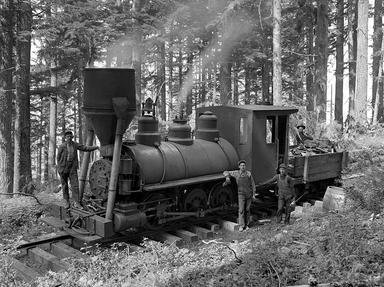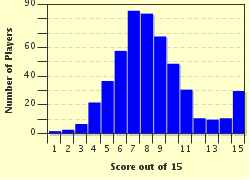Quiz Answer Key and Fun Facts
1. When was the Immigration Quota Act introduced?
2. Who started the 'Back to Africa' movement?
3. What does NAACP stand for?
4. What was the name of the religious organisation that wanted to ban alcoholic drink everywhere in America?
5. Drinkers could buy an alcohol-free __________ allowed by the Volstead Act. What was the name of this?
6. By 1927 Al Capone was earning $60 million a year from bootlegging. In what year was he found guilty of tax evasion?
7. Jazz music was the most popular music of the 1920s which is why the 20's are often known as 'The Jazz Age'. Which of the following is NOT a jazz musician?
8. During the 1920s the biggest business boom that occurred was in the motor car industry. Which car company introduced the automated production line?
9. In the 1920s many new gadgets were available to buy. The radio was one, but what was America's first radio station?
10. On Thursday 24 October 1929 share prices on Wall Street fell faster and lower than any other time. Six rich bankers agreed to spend a certain amount each to boost the market but how much did they invest each?
11. The effects of the Great Depression were widespread devastating America's population and economy. In 1932 how many U.S. companies went bankrupt?
12. How many Americans were unemployed in 1932 as a direct result of the Depression?
13. Which U.S. president is said to have coined the expression 'rugged individualism'?
14. American cinema was very popular amongst the American population during the 1920s and 1930s. How many Americans were going to the cinema each week in 1930?
15. In what year did Congress pass the Hawley-Smoot tariff?
Source: Author
butterfrog
This quiz was reviewed by FunTrivia editor
bloomsby before going online.
Any errors found in FunTrivia content are routinely corrected through our feedback system.


